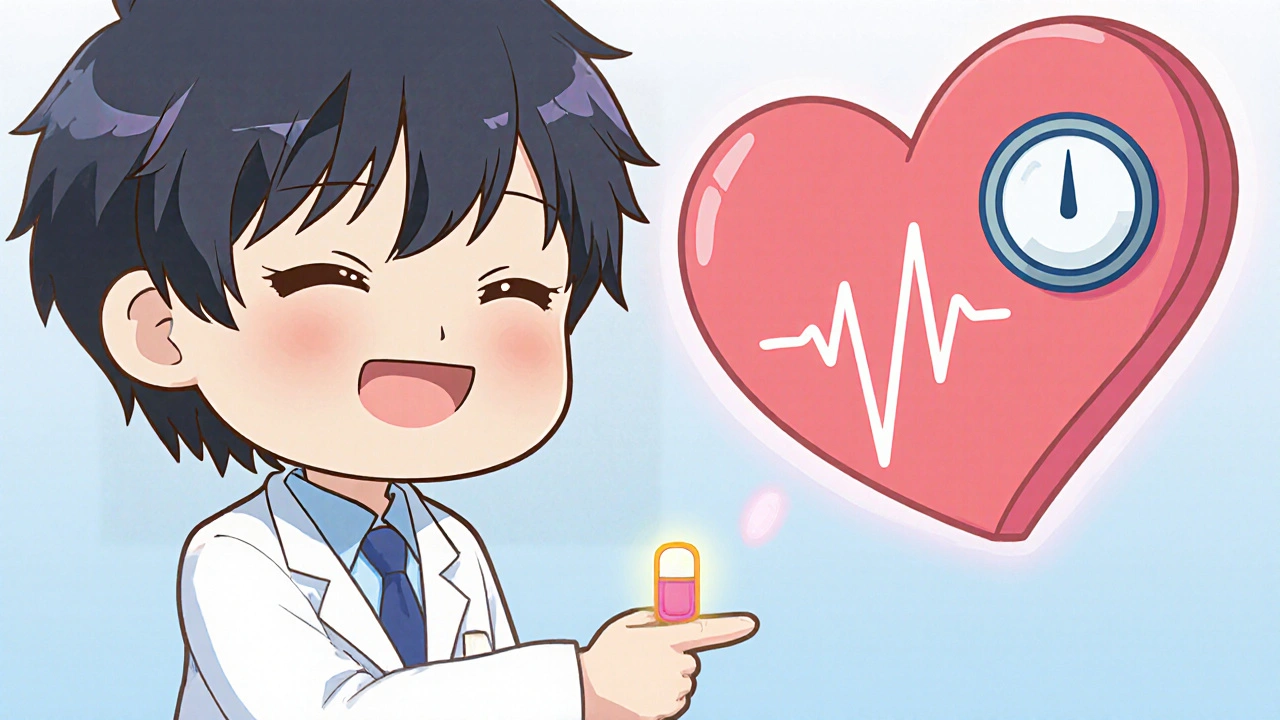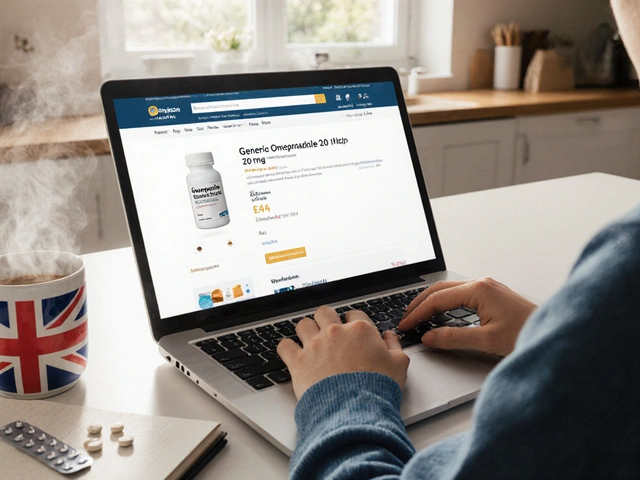Understanding POTS: Symptoms, Causes and Management
When talking about POTS, a form of dysautonomia that triggers a rapid heartbeat upon standing. Also known as Postural Orthostatic Tachycardia Syndrome, it often appears alongside autonomic dysfunction, a broader disruption of the involuntary nervous system. The condition encompasses orthostatic intolerance, meaning the body struggles to maintain blood pressure when upright. It requires proper autonomic regulation to keep heart rate and circulation stable, and influences daily activities from work to exercise. Typical signs include a heart rate increase of 30 beats per minute or more within ten minutes of standing, dizziness, fatigue, and sometimes brain fog. Knowing these clues helps you separate POTS from simple dehydration or anxiety, and sets the stage for accurate testing.
Key Aspects of Managing orthostatic intolerance, the core symptom complex of POTS
Diagnosis starts with a tilt‑table test or an active stand test that measures heart rate and blood pressure changes. Blood panels rule out anemia or thyroid issues that can mimic POTS, while a thorough review of medication lists catches drugs that worsen autonomic tone. Once confirmed, treatment follows a stepped approach. First, lifestyle tweaks—like increasing fluid intake to 2–3 liters daily, adding a pinch of salt, and wearing compression stockings—target the underlying volume deficit. Exercise, especially recumbent activities such as rowing or cycling, strengthens the cardiovascular system without provoking symptoms. Pharmacologic options include low‑dose beta‑blockers to blunt heart rate spikes, fludrocortisone to expand blood volume, and midodrine for vasoconstriction. Each medication addresses a specific attribute of POTS: heart rate, blood volume, or vascular tone. The goal isn’t to eliminate every tick of the heart but to bring the response into a tolerable range so you can get through a workday without feeling faint.
Below you’ll find a curated set of articles that dive deeper into each piece of this puzzle. From the science behind magnesium’s role in heart rhythm to practical guides on buying affordable generic medications, the collection covers everything you need to manage POTS effectively. Whether you’re looking for diet tips, medication comparisons, or ways to spot reliable online pharmacies, the resources here give you actionable insights you can apply right away. Explore the posts to build a personalized plan that fits your lifestyle and health goals.
Ivabradine for POTS: How This Heart‑Rate Drug Helps Postural Orthostatic Tachycardia

Explore how ivabradine works, its evidence for treating POTS, dosage tips, safety, and comparison with other therapies in this detailed guide.
read more



